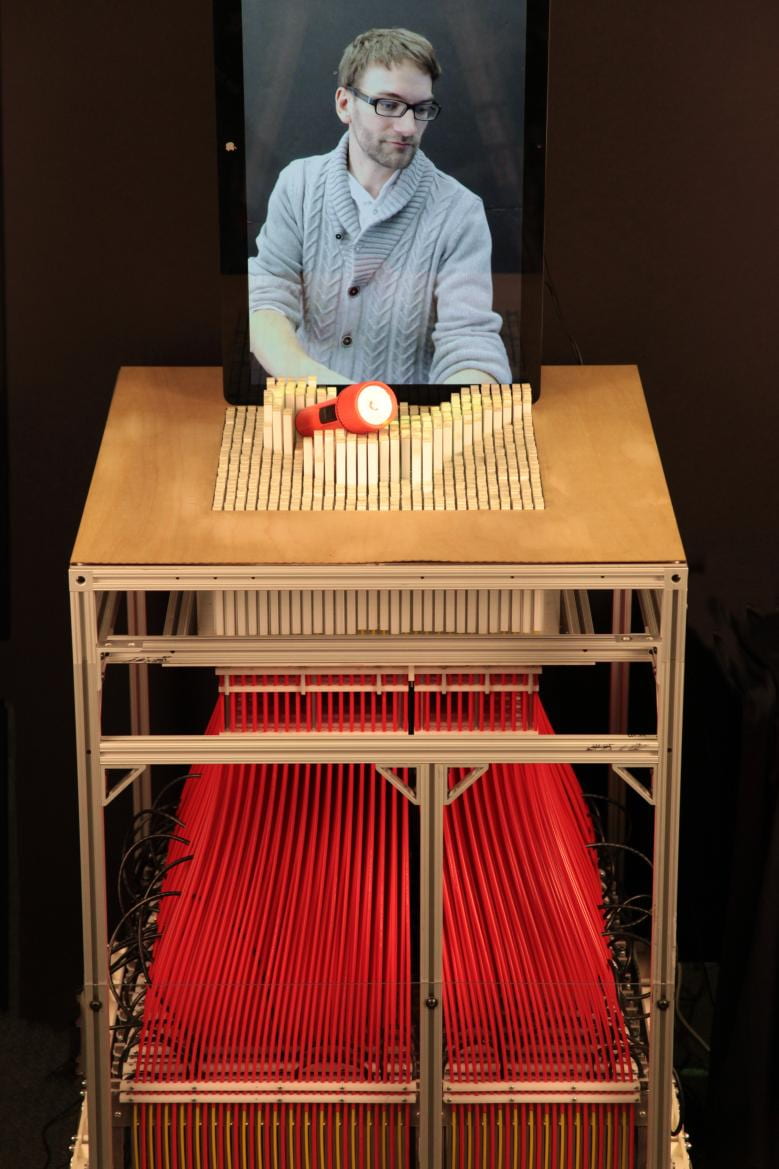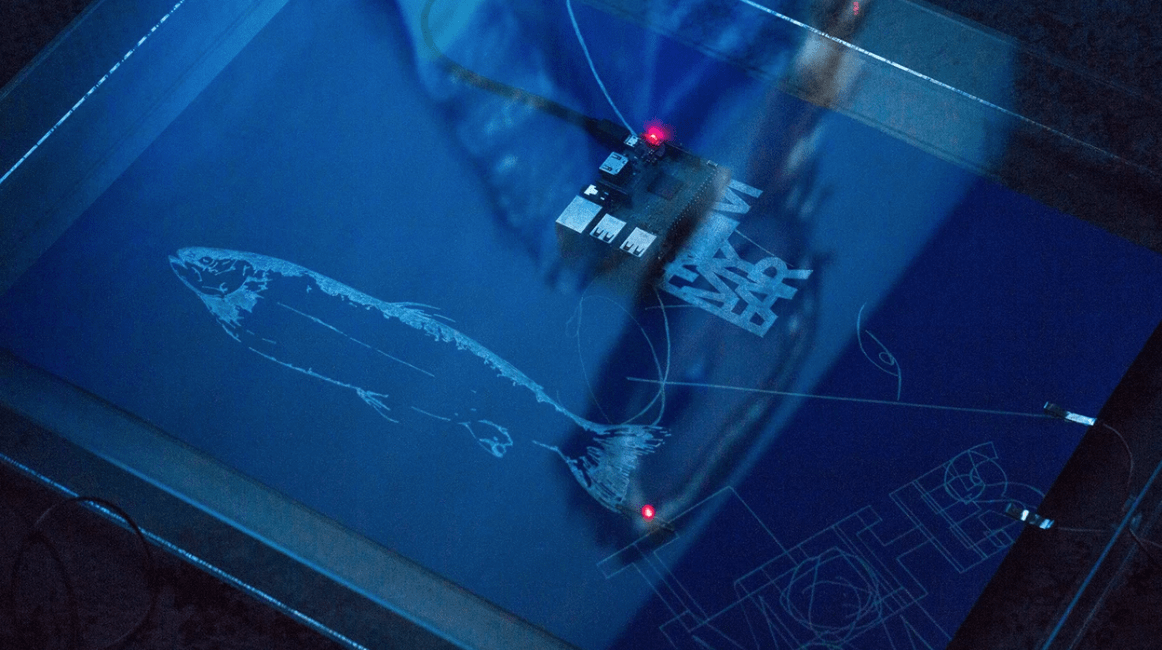My Definition
My definition of interaction is admittedly non-conformist, and most likely an answer you are not looking for. True interaction is an active process of mutual understanding and response between two biological organisms. Any type of interaction between human and machine is what I would deem a “pseudo-interaction”. I define it as such because all machines can be traced back to a human creator. Therefore, when interacting with a machine, you are really just interacting with an extension of its creator. This interaction is limited in scope compared to an interaction between two humans. True interaction is impossible to achieve when “interacting with a machine”. But different machines have varying degrees of pseudo-interactivity.
Defining the Scale: Medium “Interactivity”
In doing research for the group project, I came across many “interactive” creations. While none truly aligned with my own definition of interactivity, some came closer than others. This pseudo-interactivity has a scale, with AI being the highest achievable level. Projects and technologies that are traditionally regarded as “interactive” fall much lower on this scale. Take MIT’s inFORM project, for example. MIT describes this as, “a Dynamic Shape Display that can render 3D content physically”, but the technology can only be appreciated through watching a demonstration.
Although very impressive, this project does not satisfy my definition of true interaction, for its code was written by humans, and its interactive features were not produced biologically, but rather artificially. In my self-purposed scale of pseudo-interactivity, this project would fall somewhere in the middle; definitely “interactive” in the traditional sense, this project uses highly complex methods of interpretation and expression. It does not, however, have the capacity to act outside the bounds of its code; to think creatively or to come up with new ideas.
(Take a look at the project here: https://tangible.media.mit.edu/project/inform/)
Defining the Scale: High “Interactivity”
These “life-like” features are what put artificial intelligence at the highest end of my pseudo-interactive spectrum. Indeed, the closest a machine can get to biological intelligence (the prerequisite for true interaction) is artificial intelligence. While doing my research, I found that many projects involving AI were indeed going beyond what was strictly written in their code. Take The Machine Was a Ball and I Was a Cold Star AI art project for example. In this project, the AI produces “videos, images, and sounds that are ultimately out of the [artists’] control once installed”.
https://www.vice.com/en_us/article/3kn79b/creepy-ai-artwork-programmed-learn-adapt
This AI uses machine learning to “educate and evolve” itself, clearly going beyond what is written in its code. According to the article, even a visitors presence can factor into the machines rendering. The question of authorship over this machine-generated artwork is brought up, but the article doesn’t take a clear stance either way. In my mind, however, the answer is clear. Even though the AI goes beyond what is explicitly written in its code, it can only do that because of the core code which was created artificially by humans; therefore it has no authorship of the art it creates.
Group Project
While my group decided on the idea for our project in my absence, the final product ended up fitting remarkably well with my own definition of interaction. In the MiniMi project, we created an AI that was modeled after the human brain. With this technology, you could “interact” with another creatively thinking creature, and it would help you make logical decisions. While our project definitely had some flaws, our project stayed trustest to my definition of interaction. Since I conceive “true interaction” to be something only possible between two living things, this technology fit with my definition in the sense that it was the closest “psuedo-interaction” can get to the real thing.
I would also like to mention that the readings in the first few weeks were immensely helpful in regard to the creation of my definition. The first mandatory reading, in particular, challenged my preexisting notion of interaction and caused me to think about the completeness of human on human interaction. The readings in the following weeks gave me perspectives on interaction which I used to solidify my own definition and make it more robust. Although non-conventional and slightly technophobic, I believe that my biologically oriented definition of interaction is logically sound.

